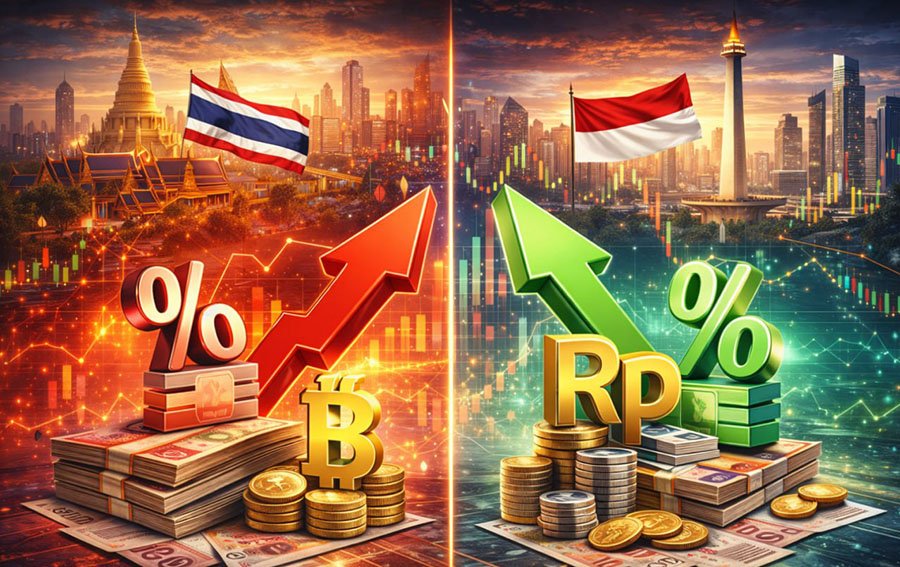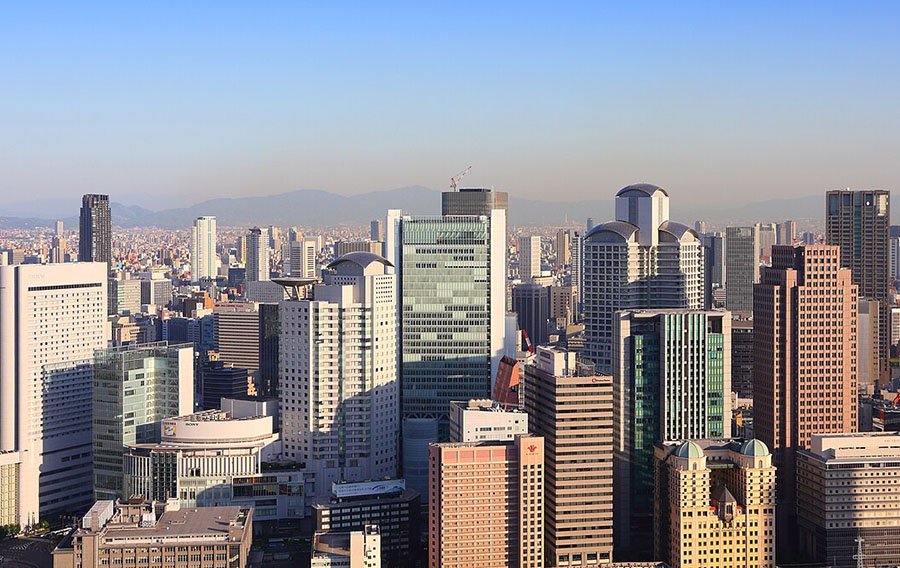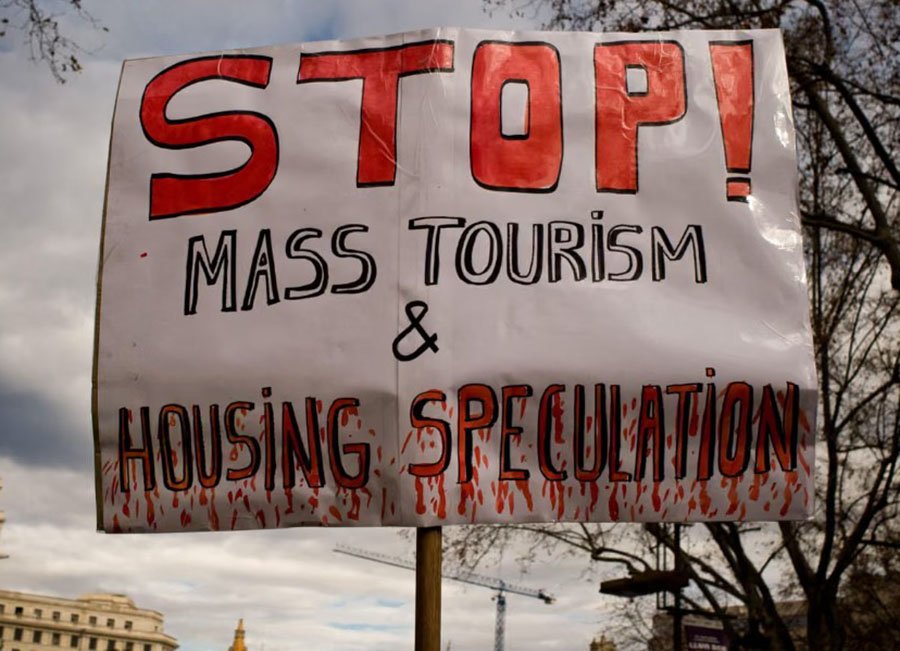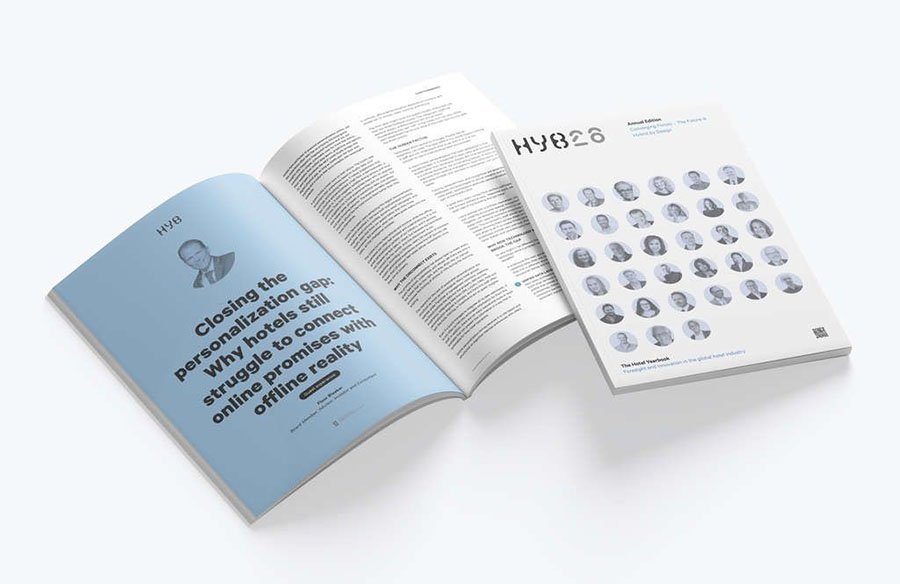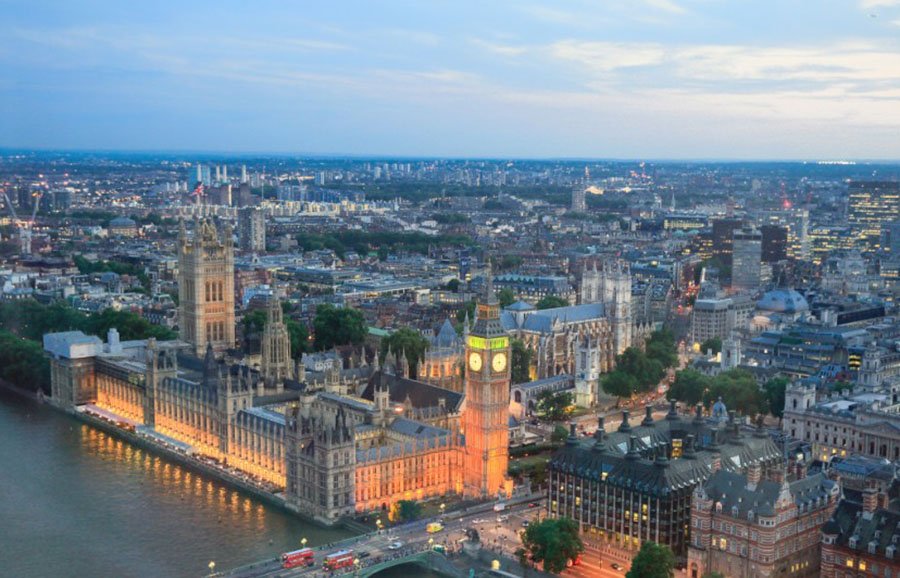Average Salary and Cost of Living in Serbia in 2025

Photo: Goodfon
The average net salary in Serbia reached 109,272 dinars (€934) in April 2025, according to data from the Statistical Office of the Republic of Serbia, published by Serbian Monitor. Compared with the same month in 2024, wages increased by 13.1% in nominal terms and 8.7% in real terms. For the first four months of 2025, growth averaged 11.7% nominally and 7.0% in real terms.
The average gross salary stood at 150,777 dinars (€1,289), while the median — 83,974 dinars (€718). This gap illustrates the disparity between formal averages and real-life incomes: over half of employees in Serbia earn less than 84,000 dinars (€720) per month.
Regional Differences
- The highest earnings are recorded in the Belgrade region.
- Stari Grad: 195,035 RSD (€1,667)
- Vračar: 186,892 RSD (€1,597)
- Savski Venac: 177,489 RSD (€1,517)
- Novi Beograd: 177,418 RSD (€1,516)
In Novi Sad, the average salary reached 124,012 RSD (€1,060), in Bor — 126,649 RSD (€1,082), and in Niš — 118,197 RSD (€1,010).
By contrast, in Serbia’s southern municipalities the figures are far lower:
- Bojnik and Preševo: below 74,000 RSD (€633)
- Vlasotince: 74,544 RSD (€637)
- Vranjska Banja: 75,019 RSD (€641)
Economists note that wage growth continues to outpace inflation, but the regional gap exceeds €1,000, driving a steady migration of workers toward Belgrade and industrial hubs. Despite rising nominal wages, median income levels reveal that the purchasing power of most households remains limited.
Everyday Costs
According to Numbeo (October 2025), the average monthly net salary after tax in Serbia is 92,889 dinars (€794).
Expenses for a family of four (excluding rent) reach 255,473 RSD (€2,185), and for one person — 73,300 RSD (€627).
Average monthly rent for a one-bedroom apartment:
- City center — 59,000 RSD (€505)
- Outside center — 40,000 RSD (€342)
Average property prices per square meter:
- City center — 354,000 RSD (€3,025)
- Outside center — 241,000 RSD (€2,058)
Utility bills for an 85 m² apartment cost around 18,000 RSD (€154) per month.
Other monthly costs:
- Public transport pass: 3,200 RSD (€27)
- Gasoline (1 L): 193 RSD (€1.65)
- Chicken fillet (1 kg): 720 RSD (€6)
- Milk (1 L): 146 RSD (€1.25)
- Bread: 87 RSD (€0.74)
- Eggs (10 pcs): 257 RSD (€2.20)
- Lunch in an inexpensive restaurant: 950 RSD (€8)
- Cappuccino: 220 RSD (€1.90)
Belgrade: Higher Wages and Higher Costs
In Belgrade, net income averages 116,802 RSD (€998).
Living costs are above the national average:
- One person (without rent): 78,570 RSD (€672)
- Family of four: 268,608 RSD (€2,297)
Rent:
- One-bedroom apartment in the center — 88,822 RSD (€759)
- Outside center — 60,195 RSD (€514)
Property prices:
- Center — 478,000 RSD (€4,088) per m²
- Other districts — 298,000 RSD (€2,547) per m²
- Utilities: 22,126 RSD (€189).
- Transport pass: 4,178 RSD (€36).
- Food is about 10% more expensive than the national average.
- A simple restaurant meal costs around €10.
Novi Sad: Slightly Cheaper, Still Rising
In Novi Sad, the average net salary is 97,632 RSD (€835).
Expenses (excluding rent):
- Family of four — 262,061 RSD (€2,239)
- One person — 75,665 RSD (€647)
Rent:
- City center — 58,755 RSD (€503)
- Outside — 45,723 RSD (€391)
Housing costs range between 269,000–372,000 RSD (€2,289–3,179) per m².
- Utilities: 17,544 RSD (€150).
- Food and transport remain more affordable than in Belgrade: milk (€1.25), bread (€0.75), eggs (€2.1), restaurant lunch (€8), monthly transit pass (€27).
Income vs Reality
While Serbia’s official statistics confirm strong wage growth, the improvement remains largely nominal. Average figures are heavily influenced by Belgrade and a few industrial centers, whereas the majority of workers earn just enough to cover essential expenses. With housing, food, and utilities consuming most of the average income, Serbia can no longer be considered a low-cost destination.
For digital nomads and potential relocators, these numbers underline an important reality: the gap between income and living costs is narrowing, and the country’s affordability advantage of past years is fading.
Подсказки: Serbia, economy, wages, cost of living, Belgrade, Novi Sad, inflation, income, salaries, real estate, living standards







